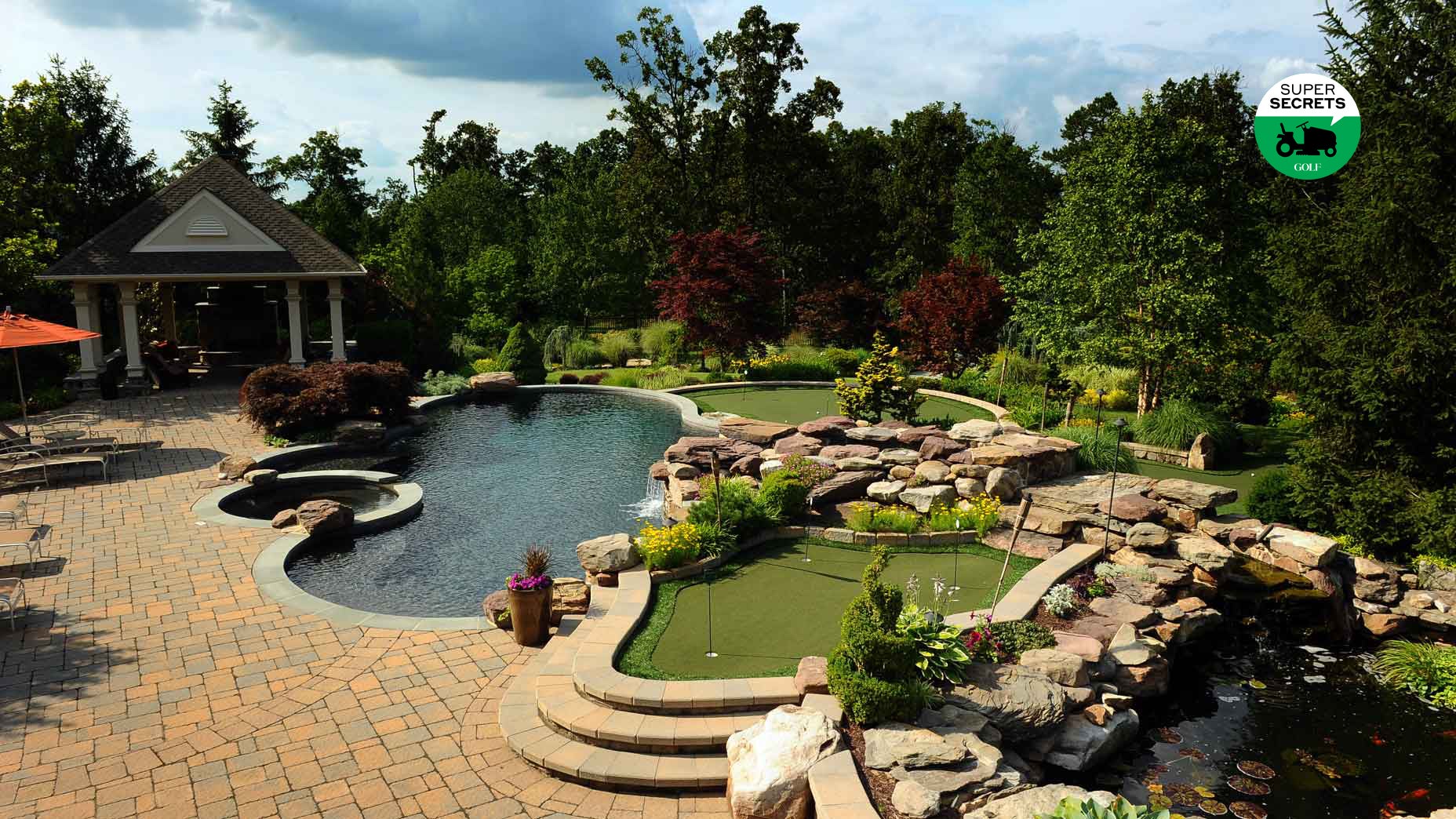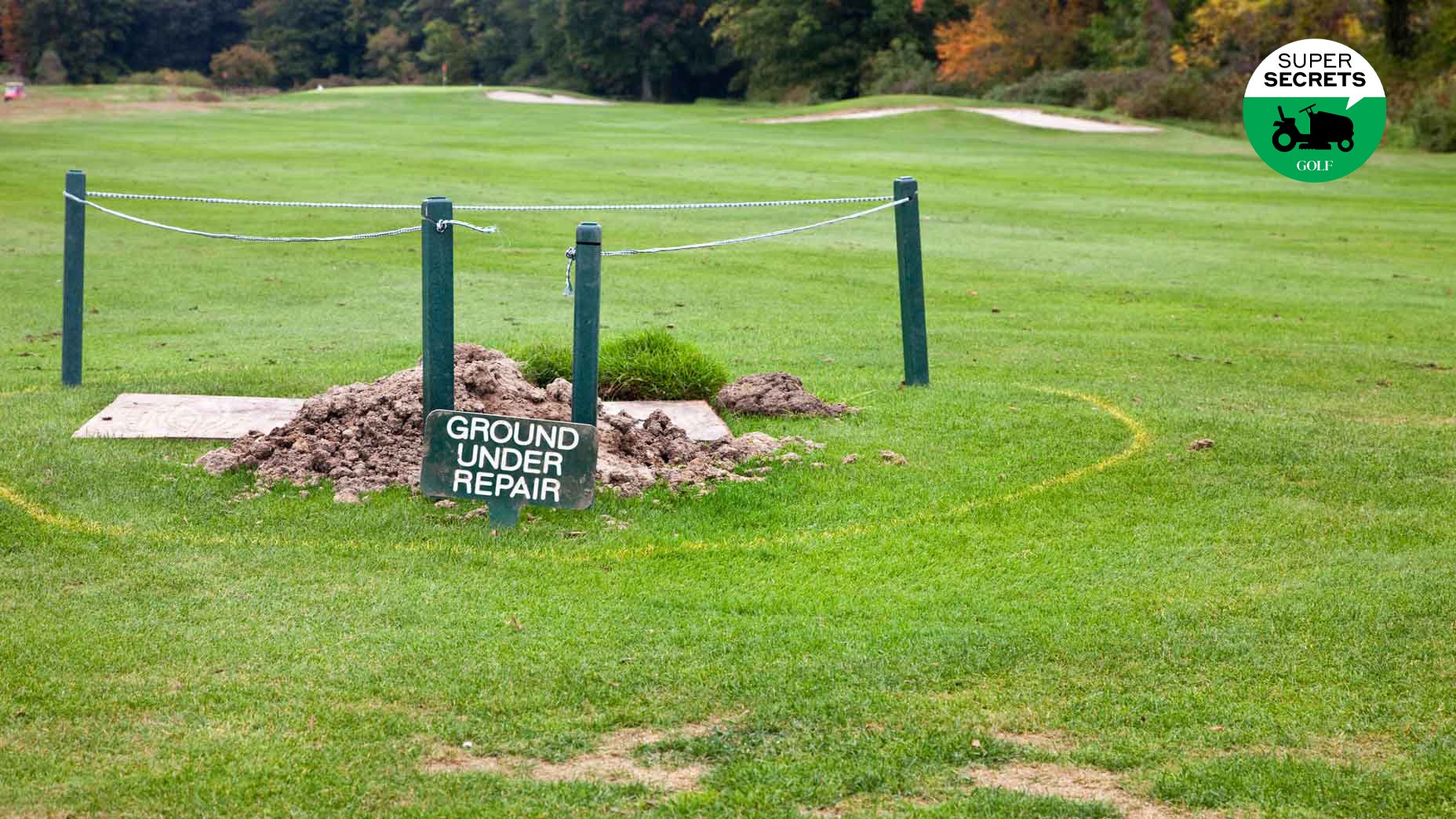If your idea of big-time tournament golf is a competition played on emerald-green terrain, underpinned by SubAir Systems, patrolled by moisture-sensing drones and fine-tuned with the assistance of all kinds of space-age advents, we don’t blame you.
There’s plenty of that to go around.
This week, though, something different is afoot as the over-50 set convenes in Rhode Island for the U.S. Senior Open, at Newport Country Club.
A visit to the more century-old club is a trip through time to the birthplace of championship golf in this country; the first U.S. Amateur and the U.S. Open were both held here in 1895. It’s also a reminder of a more rustic era in golf-course maintenance, when layouts in the U.S. were kept more like their counterparts in Ireland and the UK. Augusta National this is not.
Consider, for instance, irrigation. While Newport’s greens and tees have sprinkler heads, its playing corridors don’t. Unique among USGA championship venues, the course has no irrigation system for its fairways and rough because, well, that’s how it’s always been, and the membership likes it that way.
What are the implications for this week’s competition? Ben Kimball is senior director of championships for the USGA. We asked him about Newport’s distinctive infrastructure (or lack there of) and its impact on course setup for the event.
Ample room off the tee
Tightening fairways for a tournament means growing in the rough, but growing in the rough requires ready access to irrigation. “You’ve got to be able to water constantly,” Kimball says. Doing so at Newport would mean running hoses for hundreds of yards from the tees or greens, a labor-intensive process that also carries risks. “The conditioning here is controlled more by mother nature than it is by an individual with a switch box,” Kimball says. That makes it hard to predict how the course will emerge from winter and spring, and how easily it might be managed in the weeks leading up the event. What’s more, because Newport is a windy site, there’s the likelihood that “not all the water will land where you need it to land.” Rather than run those risks, the USGA opted to leave the corridors as the club keeps them for member play, mostly ranging from 35- to 45-yards wide, five to 10 paces wider on average than more championship venues. “It’s going to look to the players like there’s some room to hit it,” Kimball says. “And when the wind kicks up, they’re going to be happy to have that width.”
Non-uniform rough
Intermingled with Newport’s native-grass rough are splotches of bentgrass that, Kimball says, were either dragged out by golfers on their shoes or left over from where fairway used to be. Bentgrass performs great on greens. As rough, though, it’s a bear, thick and grabby. “And if you cut it down it doesn’t like it, either,” Kimball says. Without irrigation, “it gets yellow and scalped-looking.” And so, where most major championships have uniform rough, Newport will have a mix of wispy native grass that’s easier to hit through, and gnarly, club-snagging bentgrass patches. “You don’t always know what you’re going to get,” Kimball says. “But if anything, the farther offline you hit it, the better off you’re likely to be,” because the bentgrass, by virtue of how it got there in the first place, is more likely to be closer to the fairway edge.

Minimal mid-tourney tweaking
Modifying the course setup is a common practice in major championships, and the USGA will do that this week on the tees and greens. But it will be a different story in the fairways and rough. “In a way, you could say it’s actually easier on us, because we just have to let nature take its course.” (The exception is the middle of the 10th fairway, where there is a sprinkler head, which was installed because the soil is particularly thin and rocky in that area.) “It’s sort of like playing golf in a museum,” Kimball says of Newport. “It’s beautiful, but you really can’t touch much.”
A U.S. Open, with a British look
Like all species, grass adapts. The turf in Newport’s fairways has done just that, growing old, deep-rooted and resilient, beautifully suited to its environment. But not Augusta-green. A mix of grass varietals (bentgrass, poa, rye and fescue), it’s monochromatic, and as the week wears on, it will go in ways that nature takes it, giving rise to brown or tawny patches reminiscent of the turf on links across the pond. “Viewers might find that it has more of a British Open look and feel than what they think of an as old-school U.S. Open,” Kimball says. “More Pinehurst than Winged Foot, if you know what I mean.”










